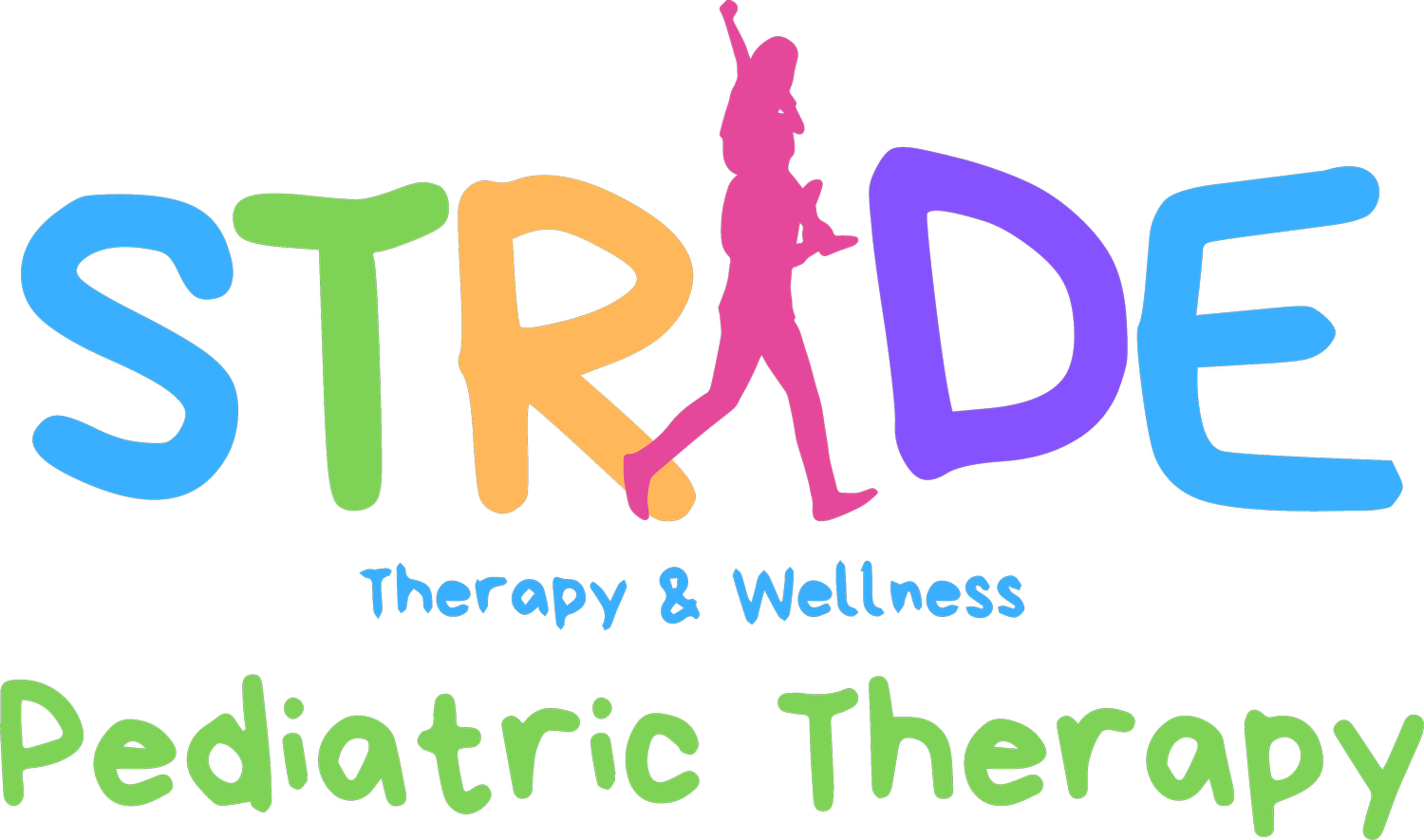Speech Development: 5 Red Flags and What You Can Do
It is normal for children to develop at different rates, and some children may develop language skills faster than others. However, if you are concerned about your child's speech development, there are a few red flags to look out for.
Here are five red flags to watch for when it comes to delayed speech development in toddlers:
Late first words: Most children say their first words around 12-18 months old. If your child is not saying any words by 18 months, or if they are not using any gestures (such as pointing or waving) to communicate, this may be a cause for concern.
Not combining words into simple phrases by 2 years:
Not able to use gestures, such as pointing or waving, to communicate
Limited vocabulary: Children generally learn new words quickly and have a larger vocabulary by the time they are 2 years old.
Difficulty with sounds: Children usually learn to make a variety of sounds as they develop their speech. If your child is having difficulty making certain sounds, or if they are consistently making errors when speaking,
Difficulty following simple instructions: Children should be able to follow simple instructions by the time they are 2 years old. If your child is having difficulty following instructions, this may be a cause for concern.
Additional Red Flags
Difficulty following simple instructions
Not responding to their name when called
There are several things you can do at home to support your toddler's speech and language development:
Talk to your toddler: Talk to your toddler as much as possible and use simple, clear language. Describe what you are doing and ask your toddler questions.
Read to your toddler: Reading to your toddler can help expose them to new words and ideas. Choose books with colorful illustrations and simple, repetitive text.
Play with your toddler: Play is an important way for toddlers to learn and practice new language skills. Play with toys that encourage your toddler to use their imagination and communicate with you, such as dolls, action figures, and pretend play sets.
Encourage your toddler to communicate: When your toddler points or uses gestures to communicate, respond by giving them the words they are trying to express. For example, if your toddler points to a toy, say "You want the toy."
Repeat what your toddler says: Repeating what your toddler says helps reinforce their language skills and helps them learn new words.
Use gestures: Use gestures, such as pointing and waving, to help your toddler understand and communicate.
Limit screen time: Too much screen time can interfere with your toddler's language development. It is recommended to limit screen time to less than an hour per day for toddlers.
Seek help if needed: If you have concerns about your toddler's speech and language development, don't hesitate to seek help from a healthcare provider or speech-language pathologist. They can provide guidance and support to help your child reach their full potential.
